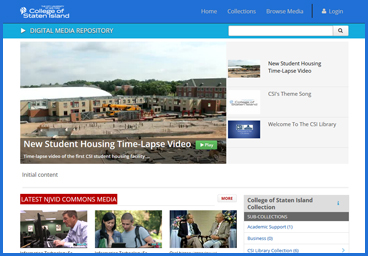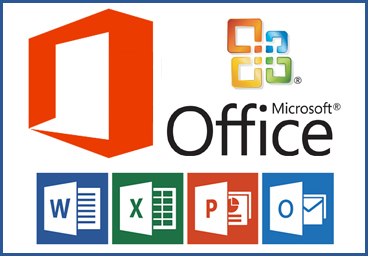Our Mission.
The mission of the Office, consistent with that of the College, is to advance the use of technology in all aspects of the College's operations, so as to strengthen support services, teaching, and research.

 Office of Information Technology Services
Office of Information Technology Services
Annual Report: 2014 - 2015
The mission of the Office, consistent with that of the College, is to advance the use of technology in all aspects of the College's operations, so as to strengthen support services, teaching, and research.


OTS continues to deploy access points for increased coverage throughout campus. This year 250 access point were deployed throughout classrooms and administrative areas.

Throughout the year networking upgraded 154 switches providing for a scalable and flexible architecture to support 10G connectivity. Plans are underway to replace existing fiber as well as implement a redundant infrastructure to automatically fail over to secondary circuits providing access to the Internet.

Plans continue to make Unified Communications a reality and to replace obsolete phones. The main PBX has been replaced and a new voice messaging system has been installed. This project will continue over the next year as we begin the replacement of phones leveraging VoIP technology.

A new asset management system was deployed, which will now automate the process of keeping an accurate inventory as well as some of the imaging processes associated with software distribution.

Online Dash Board provides files and reports with student information such as GPA, EQA credits and contact information based upon various selection parameters such as academic plans, service indicators, student groups or courses.

A successful pilot with faculty, staff, and students was conducted over the Spring Semester allowing video streaming, storage, and access. This pilot will be expanded for the fall semester.

A new ticketing system was deployed which will provide improved communication for end users and more efficient reporting.

356 computers were upgraded with new systems in some of the open, instructional, tutoring, and specialized computer labs.

All faculty and staff have been upgraded to Exchange and Office 2013. All open and instructional labs have been upgraded to Office 2013.

All computers are on the Windows 7 Operating System.

Leveraging the AD in order to provide Single Sign On and current information.

A security awareness campaign provided monthly security updates to faculty and staff as well as a security awareness workshop to the campus community.

A successful pilot was conducted over the summer allowing faculty to access classroom labs using card readers.

OTS is taking advantage of cloud offerings through a virtual desktop pilot occurring during the fall semester. This pilot will provide easy access to content and software from any remote location without having to go the specific workstations or labs.

A successful implementation of Barracuda, which is a new feature rich technology that provides greater protection from virus attacks, spam, threats and viruses to our Exchange environment.
Rapid and increasing changes in the evolution and landscape of technology shortens the window for accurate long range forecasting and planning. OTS recognizes these challenges and is committed to providing technology services and solutions relevant and aligned with the priorities of the College of Staten Island. Below is a high-level overview of OIT priorities for 2015-2016.

Wireless: Replacing life cycled controllers and deploying additional access points for improved coverage. Complete software configuration to allow for multiple devices to access network as well as guest access.
LAN/WAN: Work has begun with reviewing fiber to determine replacement and termination in order to expand and increase redundancy for 10G Connectivity on campus. In addition we are looking at options for an automatic failover to another light tower circuit.

The CSI website will be redesigned over the upcoming year. The new environment will be using a content management system allowing faculty and staff to maintain their own content. The transition to the new website will involve housekeeping, server installation, back end programming, and documentation and training.

Continue the replacement of life cycled system requirements; Integrate with exchange in order to implement a unified messaging environment; Complete a phone replacement strategy that will move toward a VoIP environment.







